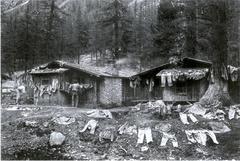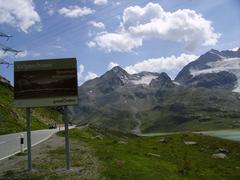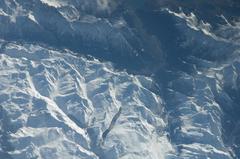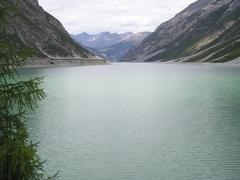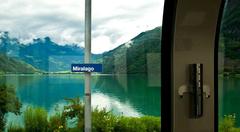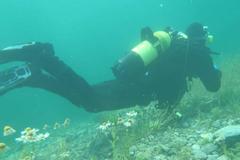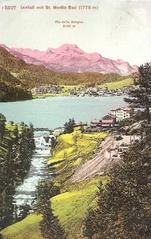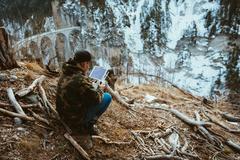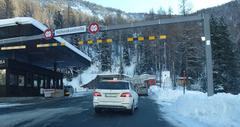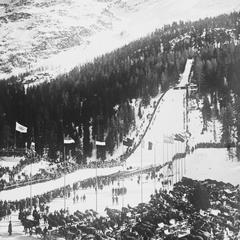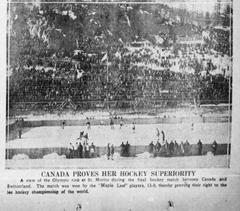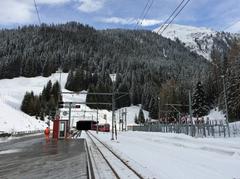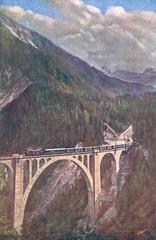
Norantola Castle: Visiting Hours, Tickets, and Historical Sites in Canton of Grisons, Switzerland
Date: 04/07/2025
Introduction
Perched on a rocky hill in the municipality of Cama, within the Italian-speaking Mesolcina Valley of the Canton of Grisons (Graubünden), Switzerland, Norantola Castle is a striking medieval ruin with significant historical, architectural, and cultural value. Dating back to the 12th century, this fortress once controlled vital Alpine transit routes and served as a stronghold for local nobility. Today, stabilized ruins invite visitors to explore a tangible piece of Switzerland’s trilingual heritage and medieval past amidst breathtaking Alpine scenery.
This detailed guide covers Norantola Castle’s history, architectural highlights, visiting hours, ticket information, accessibility, directions, and nearby attractions—providing everything you need to plan an enriching visit. (graubuenden.ch, Spotting History, Le Vie del Viandante, Wikiwand)
Table of Contents
- Overview and Historical Significance
- Strategic Origins and Medieval Development
- Architectural Features and Preservation
- Practical Visitor Information
- Activities and Nearby Attractions
- Frequently Asked Questions (FAQ)
- Visitor Recommendations
- Sources
Overview and Historical Significance
Norantola Castle, locally “Rovine del Castello di Norantola,” was first constructed in the 12th century to oversee the north-south Alpine trade routes through the Mesolcina Valley. Its position allowed the castle to control movement and commerce between northern and southern Switzerland. Over time, the fortress was expanded, most notably in the 14th century under the Counts of Sax/Misox, who added distinctive swallowtail (Ghibelline) battlements reflecting northern Italian influence.
The castle reflects the region’s complex history of power struggles among noble families, ecclesiastical lords, and emerging confederations. Its ruins today stand as a testament to the medieval era and the unique cultural blend of Switzerland’s only trilingual canton, where German, Italian, and Romansh are spoken.
Strategic Origins and Medieval Development
Early Origins
Norantola Castle’s origins trace back to a time when control over Alpine passes was crucial for economic and military power. The castle’s hilltop location allowed its builders—likely the de Norantola family, vassals of the Bishopric of Chur—to oversee and protect the Mesolcina Valley’s trade routes. (graubuenden.ch, Le Vie del Viandante)
Medieval Expansion and Conflicts
Throughout the Middle Ages, the castle was repeatedly destroyed and rebuilt due to shifting alliances and feudal disputes. The 14th-century expansions, commissioned by the Counts of Sax/Misox, introduced towers, expanded residential quarters, and signature swallowtail battlements.
The fortress played a role in the broader political landscape of Graubünden, which saw power transferred among religious institutions, noble families (such as the Visconti of Milan), and the emerging Free State of the Three Confederations.
Architectural Features and Preservation
Key Features
- Swallowtail Crenellations: Ghibelline-style battlements, rare in Switzerland but common in northern Italy, crown the castle’s ring wall.
- Hilltop Layout: The site includes remnants of curtain walls, a central keep, towers, and former residential and service wings.
- Adaptation to Terrain: Thick stone walls and strategic siting maximize defense while withstanding Alpine weather.
Preservation Efforts
Restoration projects between 1989 and 1996 stabilized the ruins and improved visitor safety. The site now features pathways and limited interpretive signage. Ongoing conservation addresses weathering, vegetation, and erosion. (Le Vie del Viandante)
Practical Visitor Information
Visiting Hours
- Open Access: Norantola Castle is open to visitors year-round.
- Recommended Hours: 9:00 AM to 6:00 PM during April to October (peak season). In winter, access may be affected by snow or ice—check local resources for updates.
Tickets and Admission
- Entry: Free; no ticket required.
- Guided Tours: Occasionally available via local heritage organizations or tourism offices; booking and a small fee may apply.
Accessibility
- Terrain: Access is via hiking trails from Cama. Paths are steep and unpaved; the site is not wheelchair accessible.
- Tips: Wear sturdy footwear, bring water, and prepare for uneven ground.
Getting There
- By Car: Drive to Cama; parking is available in the village.
- By Public Transport: Take a train to Castione-Arbedo, then a local bus or taxi to Cama.
- On Foot: Walk the marked trail from Cama to the castle (short, moderately steep hike).
Best Visiting Season
- Late Spring to Early Autumn (May–September): Best weather and accessible trails.
- Winter: Possible but potentially hazardous due to snow/ice.
Activities and Nearby Attractions
- Self-Guided Exploration: Wander the ruins and enjoy panoramic views of the Mesolcina Valley and Alps.
- Hiking: Trails connect Norantola to other historic sites and natural landmarks.
- Photography: Early morning or late afternoon provide ideal light for capturing the castle and landscape.
- Nearby Heritage Sites: Visit Castelmur Castle, the UNESCO-listed castles of Bellinzona, Castello di Mesocco, and charming villages like Lostallo and Soazza.
- Events: Check local calendars for medieval reenactments, heritage walks, and cultural festivals.
Frequently Asked Questions (FAQ)
Q: What are the castle’s opening hours?
A: Norantola Castle is accessible year-round, typically from 9:00 AM to 6:00 PM during the main season.
Q: Is there an admission fee?
A: No, entry is free. Guided tours may incur a fee.
Q: Is the site accessible for those with mobility issues?
A: The site’s trails and uneven terrain make it unsuitable for wheelchairs or those with limited mobility.
Q: Are guided tours available?
A: Guided tours are occasionally organized—check with local tourism offices.
Q: Can I visit with children or pets?
A: The site is suitable for families with older children capable of hiking. Dogs are welcome but must be kept under control.
Q: Are there facilities at the site?
A: No; amenities are available in Cama village.
Visitor Recommendations
- Visit during clear weather for optimal views and safety.
- Bring water, snacks, and a camera; no facilities are available at the site.
- Wear appropriate footwear for hiking.
- Respect the ruins by avoiding climbing on unstable structures.
- Combine your trip with visits to other nearby castles or cultural sites in Graubünden.
- Consult the Graubünden tourism website for updates and event information.
For broader travel tips and curated guides, download the Audiala app and follow our channels.
Sources
- graubuenden.ch
- Spotting History
- Le Vie del Viandante
- Wikiwand
- Canton Grisons Official Overview
- Together in Switzerland
Discover Norantola Castle—a medieval gem in the heart of the Alps, blending history, culture, and natural beauty. Plan your visit with this guide and explore the rich heritage of Graubünden!


